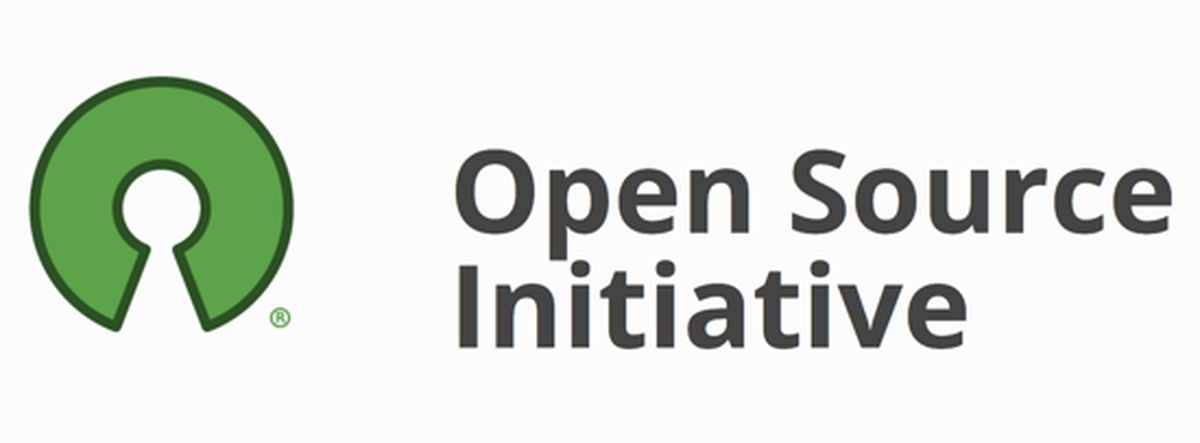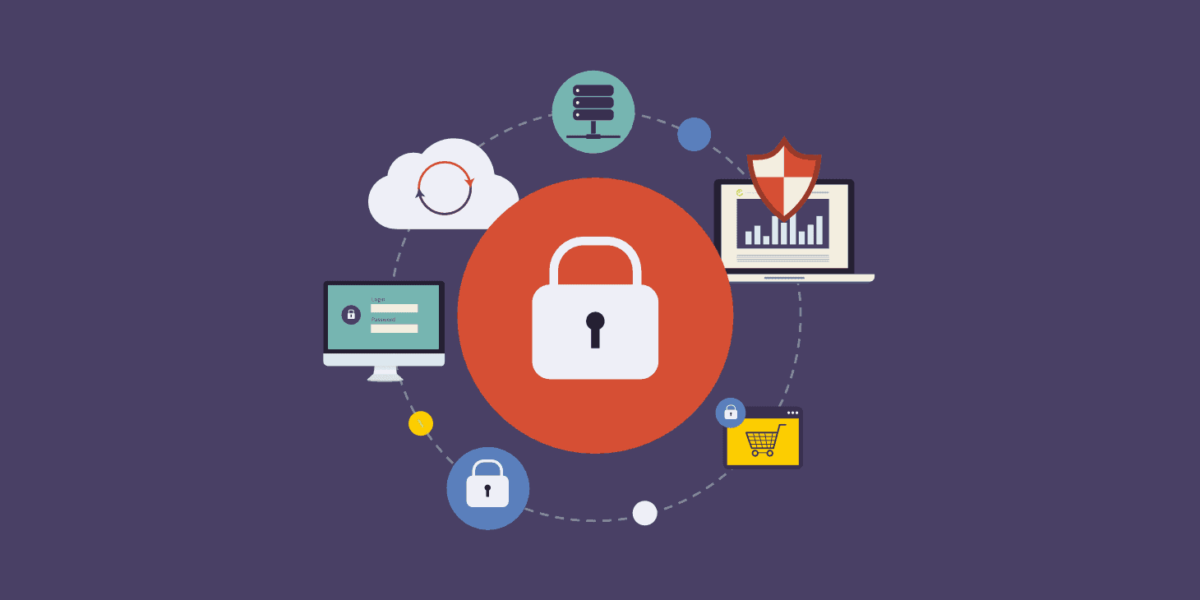What is Open Source? For programmers, Open Source is like catnip. It indicates that anybody can see, change, and share the source code of a program or piece of software.
For instance, WordPress.org is open-source CMS software that anybody can use, test, and modify as necessary. As a result, there is now a warm, welcoming community of people who like exchanging ideas and suggestions.
Additionally, any software issues can be found and fixed right away with the help of numerous code testers.
The Open Source Definition
For more than 20 years, the Open Source Initiative (OSI) has promoted open-source software.
They are a non-profit group that outlines the true meaning of open source. There are guidelines for sharing software, so it’s not only a matter of access to the source code!
The Open Source Definition (OSD) outlines these rules:
- Others can share the software for free or at a cost.
- When sharing the software, the source code must be included.
- Others can make changes to the software, but they must follow the same rules as the original software.
- The original source code must be respected.
- The license must not be unfair to any person or group.
- The license must not limit how the software is used in any specific business or research project.
- The license applies to anyone who uses the software, no matter how they obtained it.
- The license remains valid no matter how the software is shared.
- The license must not restrict other software that the software is bundled with.
- The license remains valid no matter what technology or interface the software is used on.
WordPress abides by all of these guidelines and is open-source CMS (Content Management System). It has a greater chance of success as a result, and everyone can continue to use it for free.
What Distinguishes Open Source from Free Software?
Once upon a time, a wise man by the name of Richard Stallman observed that software licenses were becoming overly restrictive and did not provide enough freedom for individuals.
He thereby kicked off the free software movement. With the GNU General Public License (GPL), it sought to safeguard the freedom of software users.
Anyone can use software for any purpose, view the source, and modify it thanks to the GPL. This concept gained popularity because it made it simple for programmers to collaborate and produce excellent software.
In simple words, free software is a program that anyone can use, check how it works, and even change it code. Or in other words, free software gives everyone the freedom to use, understand, and improve it.
However, it wasn’t only a fantastic idea; people also understood that it made business sense! The Open Source Initiative was thus established in 1998. It sought to advance this notion in a more useful manner. The Free Software Foundation offers fewer license options than the Open Source Initiative.

We’ll learn more about each of these licenses in the section that follows. Move along!
Open Source Licenses
Open-source software licenses are offered in a wide variety. They enable users to carry out a variety of fun activities, including utilizing, researching, altering, and disseminating software.
Some of the most well-liked licenses on the list kept by the Open Source Initiative are:
- Apache License 2.0.
- BSD 3-Clause “New” or “Revised” License.
- GNU General Public License (GPL).
- MIT License.
- Mozilla Public License 2.0.
Teamwork and sharing are the main themes of these licenses. They assist people in collaborating and doing remarkable things when they share the same objectives.
Is Open Source Software Safe?

Because anybody may view the source code, some individuals believe that open-source software is not secure.
However, did you realize that some open-source programs can be more secure than others? This is so that everyone in the neighborhood can work together to promptly identify and resolve any problems.
Open-source software is criticized by certain people who claim that it is unreliable and that no one is responsible if something goes wrong.
In actuality, though, this is a minor issue in light of all the positive aspects of open-source software.
One of the best things about open-source software is that it can be easily customized and improved by many individuals working together. WordPress is so well-liked for creating websites because of this!
Related: Check out 6 Best Security Plugins for WordPress Compared to learn more about the ways to keep your WordPress website safe.
Now You Know “What is Open Source?”
To sum up:
- Open-source software describes programs that make their source code available to users so they can examine, edit, and share it with others.
- The Open Source Definition, which describes the conditions for sharing the program, respecting the original source code, and applying the license to all users, is how the Open Source Initiative establishes the standards for open-source software.
- Use open-source software gives a number of benefits, such as lower costs, more customization options, and quicker issue detection and resolution.
- To guarantee that open-source software is secure and dependable, it is crucial to select software that is well-regarded and trusted by many users.
- The risk of employing harmful software can be reduced by using reputable open-source applications.
Read More: What Is Toolbar In WordPress?
Contact US | ThimPress:
Website: https://thimpress.com/
Fanpage: https://www.facebook.com/ThimPress
YouTube: https://www.youtube.com/c/ThimPressDesign
Twitter (X): https://twitter.com/thimpress